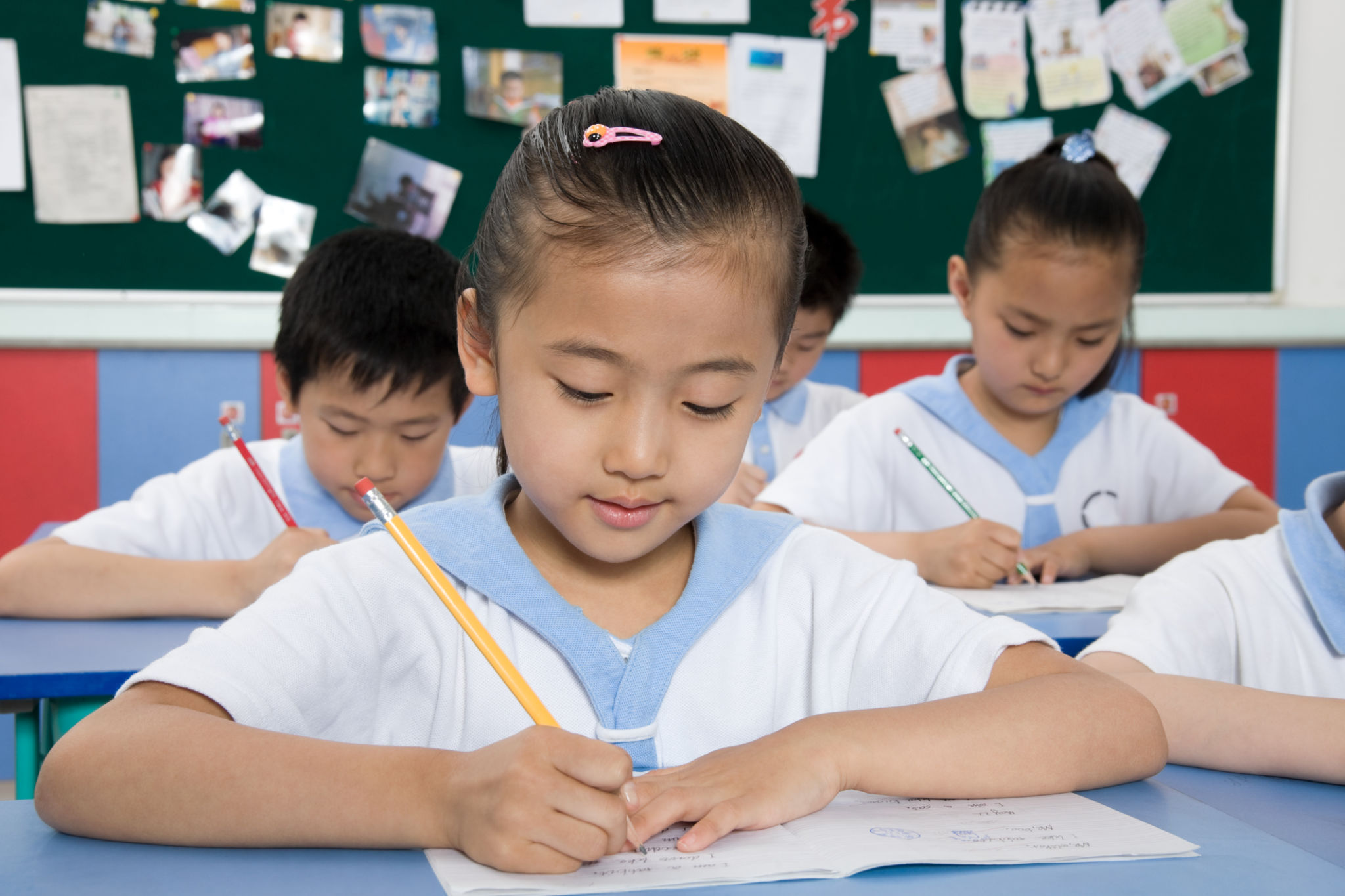Understanding the Challenges Faced by Underserved Girls and How to Help
Understanding the Challenges Faced by Underserved Girls
In many parts of the world, girls face significant challenges that hinder their ability to thrive. These challenges can range from limited access to education to societal norms that restrict their opportunities. Understanding these hurdles is crucial in developing effective strategies to support and empower underserved girls.
One of the primary challenges is the lack of educational opportunities. In numerous regions, girls are less likely to attend school compared to boys. This gap is often due to financial constraints, cultural beliefs, or safety concerns. Education is a foundational element for personal and societal growth, and without it, girls are deprived of the chance to reach their full potential.

Barriers to Healthcare Access
Another major issue is the inadequate access to healthcare services. Many underserved girls do not receive the necessary medical attention, particularly in rural or impoverished areas. This lack of access can lead to untreated illnesses, higher mortality rates, and a perpetual cycle of poverty and poor health.
Furthermore, access to reproductive health services is often limited, which can have long-term implications on their wellbeing and future opportunities. Comprehensive healthcare, including reproductive health education and services, is essential for enabling girls to make informed decisions about their health and futures.
How We Can Help
Addressing these challenges requires a multifaceted approach. Here are some ways we can contribute to improving the lives of underserved girls:
- Advocate for Education: Support initiatives that aim to provide scholarships, build schools, and supply educational materials in underserved areas.
- Improve Healthcare Access: Partner with organizations that provide mobile clinics or telemedicine services to reach remote communities.
- Promote Gender Equality: Challenge societal norms and policies that discriminate against girls and limit their opportunities.

Empowering Through Community Engagement
Community involvement plays a vital role in overcoming these challenges. Engaging local leaders, parents, and schools can help create an environment that supports girls' rights and opportunities. By educating communities about the benefits of gender equality and empowering girls, we can foster a more supportive atmosphere for change.
Programs that focus on mentorship and skill development are also pivotal. Providing girls with role models who have overcome similar obstacles can inspire them to pursue their dreams. Skills training in areas like technology or entrepreneurship can open new pathways for economic independence and success.

The Power of Global Collaboration
Finally, global collaboration is essential in addressing these challenges on a larger scale. By working together with international organizations, governments, and NGOs, we can pool resources and expertise to create sustainable solutions. Collaborative efforts can lead to policy changes, increased funding for educational initiatives, and the widespread dissemination of successful program models.
In conclusion, understanding the challenges faced by underserved girls is the first step towards creating meaningful change. By advocating for education, improving healthcare access, promoting gender equality, engaging communities, and collaborating globally, we can help pave the way for a brighter future for girls around the world.